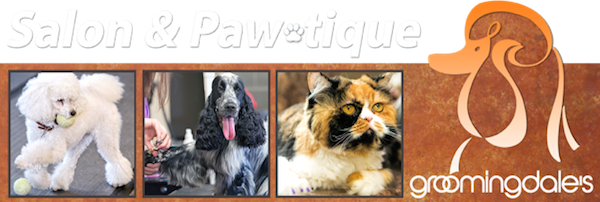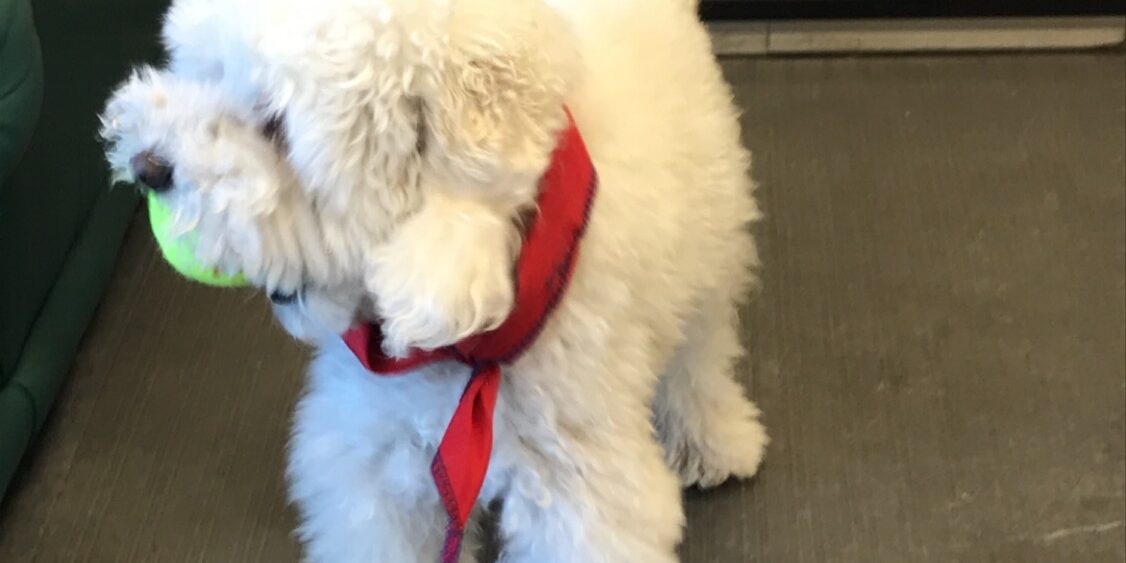It’s easy to see a dog as a contemporary, and to enjoy walks and playtime with him or her off the leash. But one practical aspect of dog ownership is leash training, and it’s very important for your health and for your dog’s, that they are guided by you down sidewalks, streets, and trails.
Dogs don’t have the capacity for reason, and you will forever be disappointed if you rely on them to make the safest and most responsible decisions for both you and them. In some places, it’s perfectly safe to have a dog off the leash. But these places are few. A well-trained, obedient dog is a safe and happy dog.
And a dog who understands that there are rules is also a happy dog, because it is in his or her nature to want to know and understand his or her place in your world. A dog given too much freedom may think that he’s in charge. And while the leash is a terrific tool to teach your dog the polite manners required to walk with you, the leash itself will not curb his or her behavior; it’s the lessons taught to him or her while attached to it.
First, establish the parameters required of the dog while he or she is attached to the leash. A dog who is unaccustomed to the leash will likely pull or fight against the limitations. It’s easier to teach the leash to a puppy, because puppies are usually smaller and easier to maneuver; it’s also easier when a dog is a puppy because he or she doesn’t have any expectations, and can be taught the rules for heel. To teach heal, leash your dog and take off at a walk.
When your dog gets too far ahead, simply pop the leash lightly (be careful not to yank on the leash aggressively, because it is attached to the dog’s neck, and it can cause injury) to coax him or her to return to you. This establishes the forward parameter. Do the same for the sides. Side parameters are much easier to teach, because your dog will likely want to walk with you.
The front parameters can be more difficult to teach, and if your dog continues to pull at the leash even though he or she understands the rules of heel (it can take some dogs many sessions of leash-training before they become competent in the basics of heel) you can reinforce the heel command with sit, and have him or her sit every time they go beyond the front parameter. Sit is usually a much stronger command, because it’s something that’s routinely required of the dog.






